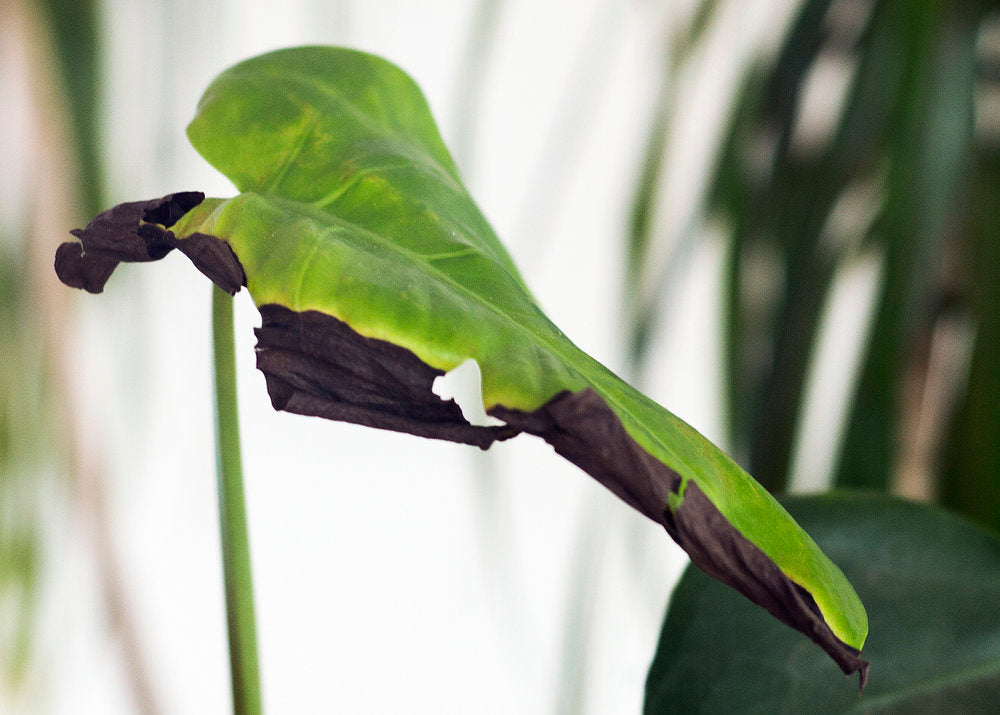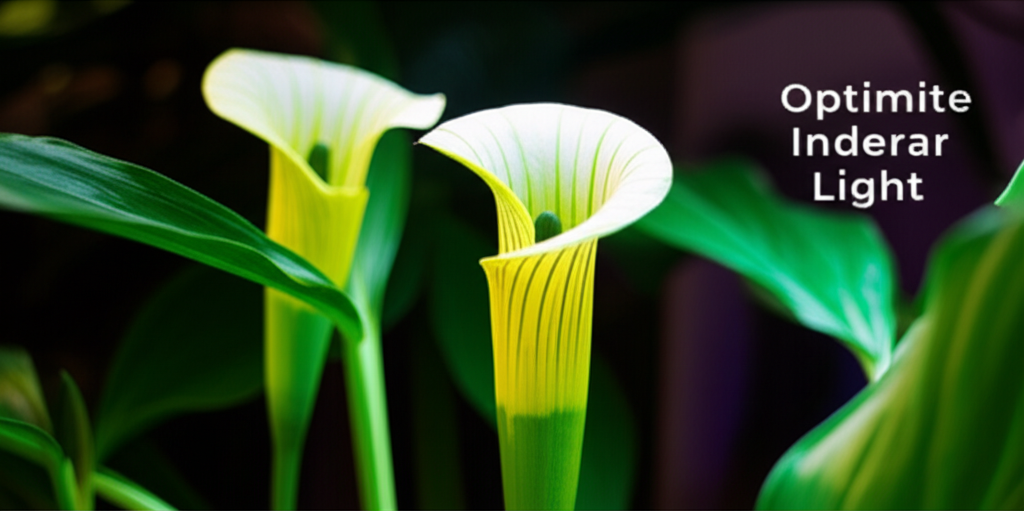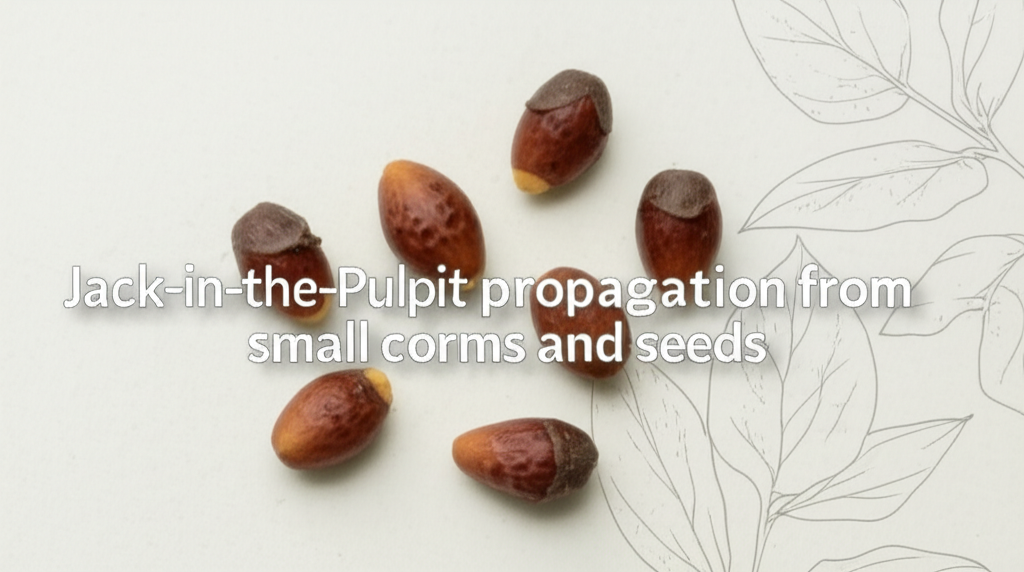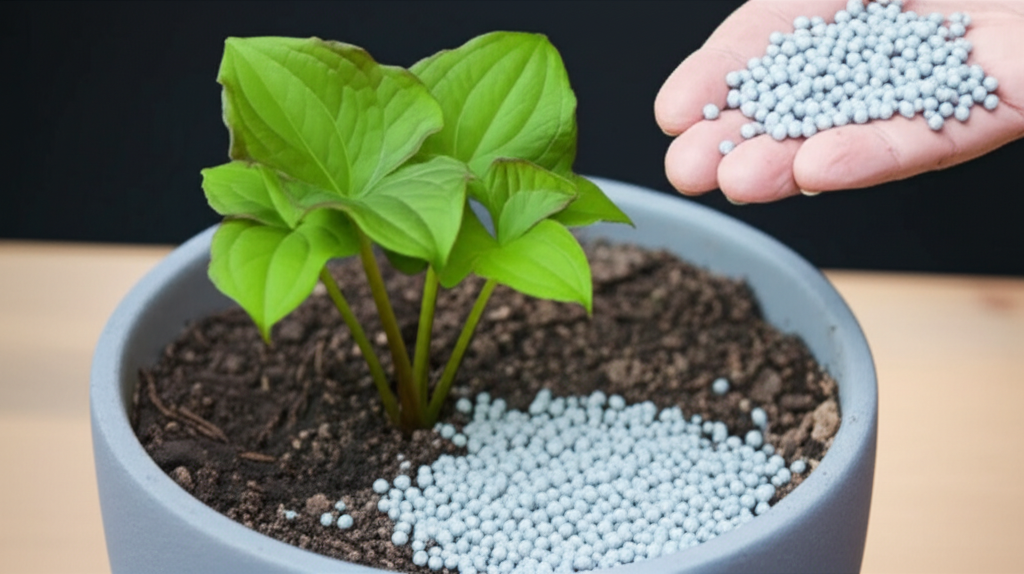Money plant roots turning black in water is a sign of root rot and over-watering. Poor drainage, lack of oxygen, and bacterial or fungal growth can also contribute to this problem.
Money plants are popular indoor plants due to their resilience and ease of care. However, when their roots turn black in water, it can be a sign of underlying issues that need to be addressed to ensure the plant’s survival.
Over-watering is one of the most common causes of money plant root rot and can be exacerbated by poor drainage. Lack of oxygen can also contribute to root rot, especially when the plant is kept in soil that is too compacted or not aerated enough. Additionally, bacterial or fungal growth can lead to root rot and should be remedied with appropriate treatment. In this article, we will explore the various causes of money plant root rot and how to prevent it from happening.
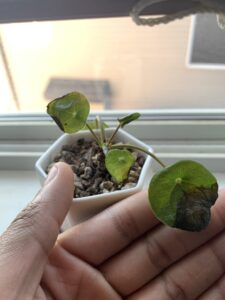
Credit: www.torontomastergardeners.ca
Causes Of Money Plant Roots Turning Black In Water
Money plants, also known as devil’s ivy, are popular indoor plants, known for their beautiful foliage and minimal care requirements. However, if you notice the roots of your money plant turning black in water, it could be an indication that something is wrong.
Here are the reasons why your money plant roots might be turning black:
Overwatering
Overwatering is one of the most common causes of black roots in money plants. When you overwater your plant, excess water accumulates in the soil, preventing the roots from getting enough oxygen. As a result, the roots start rotting and turn black.
Here are some signs that you might be overwatering your money plant:
- Yellowing leaves and brown spots
- Mushy or brown roots
- Soggy or smelly soil
To avoid overwatering, water your money plant only when the top inch of soil feels dry.
Poor Drainage
If the container you’re using for your money plant does not have drainage holes, excess water will stay in the soil, leading to root rot, which can turn the roots black. To prevent poor drainage, consider using a container with proper drainage holes or adding a layer of gravel at the bottom of the pot.
Fungal Infection
Money plants are susceptible to fungal infections, which can occur due to high humidity or poor ventilation. When the fungal infection spreads to the roots, the roots start rotting and turn black. Here are some signs of a fungal infection:
- Yellow or wilting leaves
- White or greenish mold on leaves and stems
- Black or brown spots on the roots
To prevent a fungal infection, make sure your plant is in a well-ventilated area with sufficient air circulation.
Bacterial Infection
Bacterial infections are caused by a variety of bacteria and can turn the money plant roots black. This condition is typically accompanied by a foul smell. If you notice a bad smell, wilted leaves, or black roots, your money plant could have a bacterial infection.
To prevent bacterial infections, avoid overwatering and make sure to keep your plant clean.
Root Rot
Root rot is a condition that occurs when the roots of a plant are unable to get enough oxygen due to overwatering or poor drainage. The roots start rotting, and as a result, they turn black. Here are some signs of root rot:
- Yellowing or wilting leaves
- Brown or mushy roots
- A foul odor coming from the soil
To prevent root rot, make sure your container has proper drainage and that you do not overwater your plant.
Overall, caring for a money plant is relatively easy, but it’s important to keep an eye on the roots to make sure they’re healthy. By following these guidelines, you can help prevent black roots and keep your money plant thriving.
Symptoms Of Money Plant Roots Turning Black In Water
Money plant, also known as devil’s ivy, is a popular houseplant that is known for its easy-to-care and low-maintenance nature. However, just like any other plant, it can also face some issues, such as roots turning black in water. In this blog post, we will talk about the symptoms of money plant roots turning black in water.
Wilting Leaves
Wilting leaves are one of the most apparent symptoms of money plant roots turning black in water. It happens when the plant does not receive enough water due to the roots’ inability to absorb the required amount of water. You will notice the leaves drooping and eventually becoming yellow and drying out.
Here are a few key points to remember:
- Wilting leaves are a sign of the roots’ inability to absorb water.
- You will notice the yellowing and drying out of the leaves.
- Money plants require moderate watering, but the frequency may depend on the environmental conditions.
Yellow Leaves
Yellow leaves are another symptom of money plant roots turning black in water. The yellowing of leaves is an indication of nutrient deficiency, which occurs when the roots become weak and cannot absorb the nutrients from the soil or water.
Here are a few key points to remember:
- Yellow leaves are a sign of nutrient deficiency.
- Weak roots are unable to absorb nutrients.
- Check the ph level of the water to ensure it is suitable for the money plant’s growth.
Stunted Growth
Stunted growth is a typical symptom of money plant roots turning black in water. It occurs when the roots cannot absorb adequate water and nutrients, leading to poor growth. The plant may also start shedding leaves due to undernourishment.
Here are a few key points to remember:
- Stunted growth occurs when the plant cannot absorb enough water and nutrients.
- The plant will start shedding leaves due to inadequate nourishment.
- Proper care, including changing the water and using nutrient-rich soil, can help revive the plant’s growth.
Foul Odor
Another crucial symptom of money plant roots turning black in water is a foul odor emanating from the plant’s roots. It occurs when the roots start to rot due to excess water, leading to the formation of dangerous bacteria, fungus, and other microorganisms.
Here are a few key points to remember:
- Foul odor is a sign of root rot.
- Excess water can lead to the formation of bacteria and fungi.
- Proper watering and soil aeration can prevent root rot.
Darkening Of Root Tips
Finally, the darkening of root tips is another symptom of money plant roots turning black in water. It occurs due to the buildup of toxins and waste products in the roots, leading to their decay and eventually turning black.
Here are a few key points to remember:
- Darkening of root tips is a sign of root decay.
- Buildup of toxins and waste products can lead to root decay.
- Proper care, including regular trimming and changing water, can prevent root decay.
Money plant roots turning black in water can be a sign of several issues. By identifying the symptoms mentioned above, you can take prompt action to revive the plant’s growth before it’s too late. Remember, proper care and attention are essential to keep your money plant healthy and thriving.
How To Save A Money Plant With Black Roots
Money plant, also known as devil’s ivy, is a popular indoor plant that is easy to care for and has a reputation for being tough. However, sometimes even the most hardy plants can run into problems. One common issue with money plants is when their roots turn black in water.
We will discuss the reasons behind this and how to save a money plant with black roots.
Change The Water
The first step to take when you notice your money plant’s roots turning black is to change the water. Stagnant water is a breeding ground for bacteria and fungi, which can cause root rot. Here’s what you need to do:
- Remove the plant from the water and wash the roots under running water.
- Clean the vase or jar thoroughly with soap and hot water.
- Refill the vase with clean water.
- Add a few drops of liquid fertilizer to the water to give the plant a boost.
Improve Drainage
Poor drainage is another culprit to blame for black roots. If the roots are sitting in standing water, they are more likely to rot. Here are some steps you can take to improve drainage:
- Use a vase or jar with drainage holes.
- Use a well-draining potting mix instead of placing the plant in water.
- Add pebbles or stones to the bottom of the vase or jar to create a layer of drainage.
Prune Affected Roots
If your money plant’s roots have already turned black, you should prune them to prevent further damage. Here’s how to do it:
- Remove the plant from the water and gently shake off excess water.
- Cut off any black or soft roots with a pair of sharp scissors or pruning shears.
- Allow the remaining healthy roots to dry in the air for a few hours.
- Repot the plant in a clean vase or jar with fresh water or potting mix.
Treat With Fungicide
If root rot has already set in, you will need to use a fungicide to stop the spread of the disease. Look for a fungicide that is safe for use on indoor plants and follow the instructions carefully.
Avoid Overwatering
Prevention is the best cure, so it’s important to know how to avoid overwatering your money plant. Here are some tips:
- Don’t let the plant sit in standing water.
- Water only when the soil or potting mix feels dry to the touch.
- Don’t water too frequently.
Money plant’s roots turning black is a common problem that can be caused by poor drainage, stagnant water, and overwatering. However, by following the steps outlined above, you can save your money plant and have it thriving once again. Remember to change the water, improve drainage, prune affected roots, treat with fungicide if necessary, and avoid overwatering in the future.
Preventing Money Plant Roots Turning Black In Water In The Future
Money plants (epipremnum aureum) are one of the easiest plants to grow, both indoors and outdoors. They are perfect for beginners and require minimal care. However, sometimes the roots of the money plant turn black when grown in water, which can damage the plant and hinder its growth.
Here are a few tips that can help prevent money plant roots from turning black in water in the future.
Proper Watering Techniques
One common cause of black roots is overwatering. It’s crucial to remember that roots need oxygen, and overwatering can drown the roots, causing them to turn black. To prevent this, you should:
- Water the plant only when the soil or growing medium is dry.
- Ensure that the water is not too cold or too hot.
- Water only to maintain moisture levels, not to soak the plant.
Choosing The Right Container
The container you choose can also affect the health of your money plant. Here are a few things to consider:
- Use a container with drainage holes to prevent water from accumulating at the bottom.
- Choose a container that is not too big or too small for the plant, causing the roots to become oversaturated or too dry.
Promoting Good Soil Health
Healthy soil is vital for the overall health of the money plant. Here are a few tips to promote healthy soil:
- Use a well-draining soil mixture that retains enough moisture but doesn’t stay soggy.
- Add organic matter to the soil to promote nutrient absorption.
- Use a soil mixture that retains nutrients without being too dense, which could cause root rot.
Regular Cleaning And Maintenance
Keeping your money plant and its container clean is key to its longevity. Here are a few tips for cleaning and maintaining your money plant:
- Periodically remove any debris that collects around the plant’s roots or container.
- Clean the container between water changes to remove any algae or fungi that could damage the roots.
- Trim any damaged or decaying roots to help the plant regenerate.
Monitoring For Early Signs Of Infection
It’s essential to check your plant regularly and watch out for early signs of infection. Here are a few things to look out for:
- Leaves turning yellow or brown, despite proper watering and soil health.
- Foul odors coming from the roots.
- Discoloration or darkening of the roots or stem.
To prevent money plant roots from turning black in water, it is crucial to follow proper watering techniques, choose the right container, promote good soil health, keep up with regular cleaning and maintenance, and monitor for early signs of infection.
By following these simple tips, you can help ensure that your money plant remains healthy and vibrant for years to come.
Frequently Asked Questions On Money Plant Roots Turning Black In Water
Why Are My Money Plant Roots Turning Black?
Money plant roots may turn black due to overwatering, lack of drainage, or root rot caused by fungal infection. Allowing the soil to dry out occasionally, ensuring proper drainage, and using well-draining soil can help prevent root rot.
Can I Save My Money Plant If The Roots Are Already Black?
If the roots have already turned black, it might be difficult to save the plant. However, you can still try to save it by cutting off the affected roots and repotting it in well-draining soil. Additionally, reduce watering and provide proper drainage to prevent future occurrences of root rot.
Do I Need To Change My Water Regularly For A Money Plant Grown In Water?
Yes, it is essential to change the water regularly for money plants grown in water to prevent the accumulation of salts, algae growth, and bacterial infections. Change the water every one to two weeks and clean the container to prevent any buildup.
What Kind Of Water Should I Use For My Money Plant?
Use clean, fresh, and preferably filtered water for your money plant. Avoid using chlorinated or hard water as they can affect the plant’s growth and cause root rot. Let the water sit for a few hours to come to room temperature before using it.
What Are The Ideal Growing Conditions For Money Plants?
Money plants thrive in bright, indirect sunlight with temperatures between 16-32°c. They prefer well-draining soil and require watering when the soil feels dry to touch. Fertilize the plant once every two weeks during the growing season.
Conclusion
To sum up, a money plant is an excellent choice when it comes to indoor plants. It is easy to care for and adds a touch of greenery to any space. However, as we have seen, there are times when the roots of the plant may turn black when kept in water for an extended period.
While this may be alarming, it is essential to remember that it is not always a sign of trouble. By taking the appropriate measures such as changing the water regularly, letting the soil dry out, and providing the adequate amount of sunlight, you can revive your money plant to its green and vibrant state.
Remember, the key is to pay attention to your plant’s needs and to act accordingly. So, keep a close eye on your money plant, and with a bit of care, it will flourish in no time.
